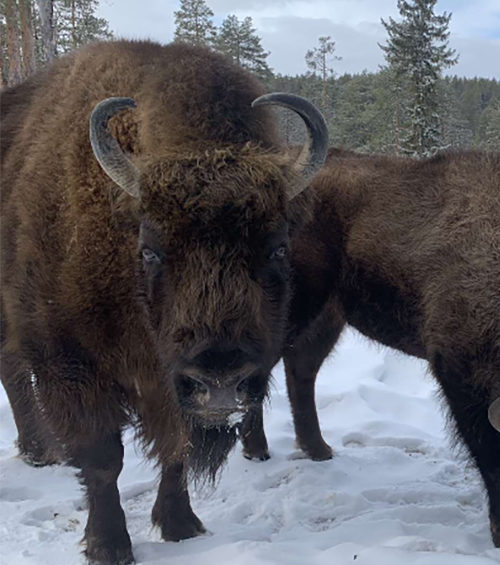Pig
(Sus scrofa dom) All domestic pigs originate from the Eurasian wild boar. Humans have bred different breeds.
Minigris är ett samlingsnamn för mindre grisraser, generellt väger de under 80 kg som vuxna och kan hållas som sällskapsdjur.
Linderödssvinet är Sveriges enda oförädlade lantras av tamsvin.
Minigris är ett samlingsnamn för mindre grisraser, generellt väger de under 80 kg som vuxna och kan hållas som sällskapsdjur.
Linderödssvinet är Sveriges enda oförädlade lantras av tamsvin.
| Belongs to: | Order Artiodactyla (even-toed ungulates) |
| Family: | Svin (suidae) |
| Weight: | Linderödssvin 150-250 kg, Minigris/hängbuksvin upp till 80 kg. |
| Lifespan: | Typically 8 years (up to 20 years) |
| Gestation period: | 3 months, 3 weeks, and 3 days |
| Piglets: | 4-12 piglets |




















